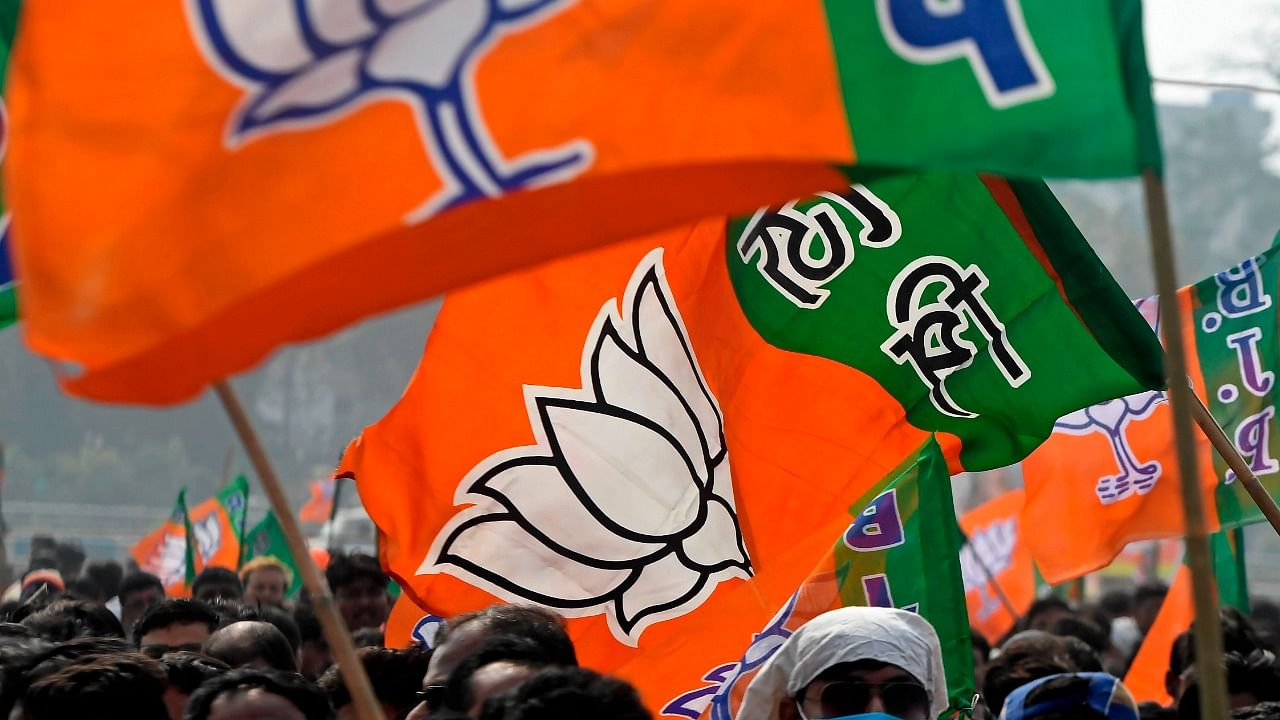
In the election results from four states and a union territory, the Bharatiya Janata Party (BJP) looks set to hold on to Assam. But results from other states have buttressed the trend of the BJP performing poorly when faced with a strong regional party, and that several regions farthest from Delhi still refuse to come under the thrall of the Hindutva party.
The trends are also a jolt to the Congress. The Congress, the BJP’s principal opponent nationally, has failed to take advantage of anti-incumbency against the BJP government in Assam and the Left Democratic Front (LDF) government in Kerala. The Congress is also on the verge of losing its government in Puducherry. These results could trigger another round of recriminations within the Congress. The losses suffered by the Congress could enthuse the ‘group of 23’ leaders to question the leadership of Rahul Gandhi.
The outcome also raises the intriguing prospect that a mid-1980s-style Federal Front may emerge, asking questions of the perennially electioneering Prime Minister Modi and right-hand man Amit Shah as they reset for the 2022 polls in the key state of Uttar Pradesh and for the national slugfest two years later.
The trend of the BJP underwhelming in the Assembly elections despite its success in the Lok Sabha polls continues. The BJP has secured a majority of its own in only two of the 23 Assembly polls that have taken place since February 2018 – in Tripura and Arunachal Pradesh. Currently, it is leading in Assam but is failing short of the majority mark on its own.
The results, particularly in Bengal and Kerala, have also underscored the importance of efficient rollout of social welfare schemes and the vindication of the template that the Aam Aadmi Party employed in Delhi in February 2020 Assembly polls.
The AAP ensured robust social welfare schemes, particularly schemes that focused on women, and kept away from getting sucked into countering the BJP’s overt polarization on religious lines. Just as AAP met the BJP’s slogan of ‘Jai Sri Ram’ with the chant of ‘Jai Bajrang Bali’ in Delhi, Mamata Banerjee in Bengal took to reciting the ‘Chandi Path’ and that she was a daughter of a ‘Brahmin household’.
The LDF in Kerala and Banerjee-led Trinamool Congress have also focused on rollout of social welfare schemes, and on transferring benefits to women. Surveys have suggested Trinamool's increase in voteshares have significantly to do with support from women.
Mid-1980s redux?
The situation now is somewhat similar to what it was nearly four decades ago, and fertile for the re-emergence of a new political formation.
At the beginning of 1985, the Congress with over 400 Lok Sabha seats, and with a second successive Lok Sabha win, walked the Indian political scene like a leviathan.
However, the Congress did not rule large parts of India. Three of the four southern states, barring Kerala, were ruled by anti-Congress parties. In 1985, the Congress also lost border states of Assam and Punjab.
West Bengal Chief Minister and Trinamool Congress (TMC) leader Mamata Banerjee, the only woman chief minister in the country and now a rare leader to have won three successive elections, has proposed a conclave of opposition leaders.
Vijayawada Conclave
Similar exercises in the past seem to have inspired the proposal, including the one 38 years back under the blazing summer sun in Vijayawada.
In May 1983, Andhra Pradesh Chief Minister and Telugu Desam Party (TDP) chief NT Rama Rao hosted 24 opposition leaders of 14 political parties to stitch an alliance against the Indira Gandhi-led Congress for the Lok Sabha polls, which were 18-months away.
The Vijayawada conclave was the first time 14 ideologically disparate non-Congress political parties — including the communist parties and BJP — got together at one place and issued a joint statement.
In March 1983, Karnataka Chief Minister Ramakrishna Hegde had called a meeting of his southern counterparts to ostensibly discuss federalism. The rise of the regional parties in the national politics can also be traced to the events of 1983.
The process had culminated into the formation of the National Front government at the Centre in 1989, and continued with the formation of the United Front government in 1996 to 1998.
The question of leadership
Banerjee’s proposal comes in somewhat similar circumstances. She has flagged erosion of the powers of the states, and found support from regional parties.
Several regional leaders have congratulated Banerjee for her resounding win, including Samajwadi Party chief Akhilesh Yadav, Nationalist Congress Party’s Sharad Pawar and Delhi CM Arvind Kejriwal.
Any federal front would face two obvious challenges – evolving a programmatic coherence between ideologically disparate opposition parties, and the question of a leader.
This is where Pawar’s role would be key as the opposition prepares for the forthcoming Assembly polls by February 2022 in Uttar Pradesh, Uttarakhand, Punjab, Manipur and Goa.
The BJP is set to face a tough election in UP because of the mishandling of the coronavirus spread, and would struggle to find its feet in Punjab after the protests on the farm laws.